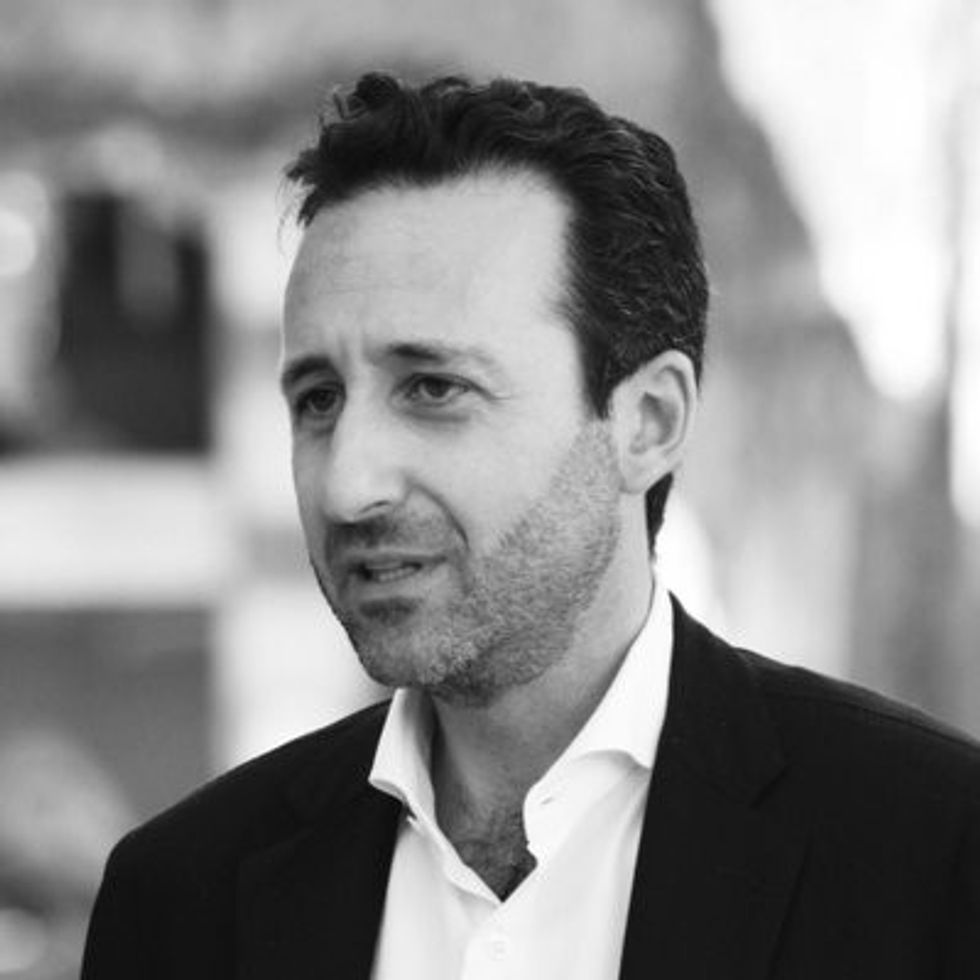The U.S. and its Gulf allies have clawed back Yemeni territory from al Qaeda in the Arabian Peninsula (AQAP), which has exploited the Yemeni conflict to expand, Gulf military officials tell The Cipher Brief. Troops from the United Arab Emirates (UAE) have paired with U.S. advisors and Yemeni forces to drive the militants out of several key cities. But the Yemeni government has not been able to fill the vacuum in the civil-war-shattered country, leaving it vulnerable for al Qaeda to resurge as it has done before.
Norman Roule, former National Intelligence Manager for Iran, ODNI
“U.S. cooperation with the UAE on counterterrorism operations is close and routine. In recent years, the UAE has become one of the U.S. most important security partners and the work on counterterrorism being done in Yemen is a great example of that partnership. Such cooperation was significant in the Obama administration, but the Trump administration expanded this collaboration as part of its recalibration of military operations in the region.”
- A Saudi-led coalition comprised of several countries, including Egypt, Bahrain and the UAE, have conducted operations in Yemen since April 2015. The UAE and the Yemeni government have also facilitated direct bilateral cooperation.
- The UAE has worked as part of a coalition to train 40,000 local forces in southern and eastern Yemen, of which approximately 75 percent are directly or indirectly involved in the fight against AQAP. As part of the coalition, the UAE trains, equips, advises and accompanies Yemeni forces on raids. Operations against AQAP are conducted primarily by Yemeni forces but guided by the UAE, which maintains thousands of personnel on the ground, according to Gulf coalition military officials, who spoke on condition of anonymity to discuss the Yemen campaign.
- The UAE and the U.S. have participated in joint counterterrorism raids in Yemen, including a special operations raid in Yemen’s central Al Bayda Province last January that killed 14 AQAP militants but tragically resulted in the death of U.S. Navy SEAL Chief Petty Officer William “Ryan” Owens.
Operations spearheaded by the UAE have pushed AQAP out of critical territory that it used as safe havens, costing the group important sources of revenue and recruits. Gulf military officials told The Cipher Brief that al Qaeda is at its weakest point in Yemen since 2012.
Norman Roule, former National Intelligence Manager for Iran, ODNI
“During the past 18 months, and especially since summer 2017, UAE forces – working with Yemeni allies and the U.S. military – have made significant progress against al-Qaeda in the Arabian Peninsula…The trend lines show AQAP on the defensive and the UAE deserves significant credit for its role in this progress.”
- AQAP has been ousted from urban areas in Abyan, Shabwah and Mukallah, but still maintains a presence in Ataq, Shabwah, al Bayda and Hadramat, with its leadership based in the urban areas of Ma’arib. Areas of overt AQAP presence have significantly declined with the group having lost half of the territory it controlled during its peak in late 2015 through early 2016.
But while a certain degree of progress against AQAP has been achieved, the group’s past resiliency to return to “liberated” areas once security forces vacate remains a critical concern. AQAP also continues to amass support by actively fighting against the Houthis in southern Yemen alongside many local tribes.
Norman Roule, former National Intelligence Manager for Iran, ODNI
“AQAP’s capacity to hold territory in Yemen is decreasing. They have lost hundreds of hard-to-replace fighters, and this trend is likely to continue. But I am not sure we can say the overall AQAP threat level is decreasing. There is a difference between terrorism and battlefield capability. AQAP has also proven to be very effective at returning to formerly held areas if they sense a security vacuum. They build relations with local populations and this has been useful for enabling them to build a deep infrastructure. Unless stable governance returns, Yemen will remain susceptible to AQAP.”
Terrorist groups are known to exploit political and security vacuums, but the complexities of the Yemeni civil war extend beyond AQAP. The ongoing conflict has been construed as a proxy war between Saudi Arabia and Iran as the two powers jockey for the title of regional hegemon in the Middle East.
- Yemen devolved into conflict in September 2014 after a Shia paramilitary force, known as the Houthis, stormed the Yemeni capital of Sana’a and took control of the city.
- In January 2015, the Houthis seized the presidential palace in Sana’a and besieged the residence of Yemeni President Abdrabbuh Mansur Hadi, who assumed office in 2012. The man he replaced, Ali Abdullah Saleh, had ruled the country for the previous 33 years and had played an instrumental role in unifying North and South Yemen in 1990.
- In April 2015, the Saudis, concerned over Iranian support for the Houthis, organized a coalition comprised of members of the GCC and other Arab nations, and launched an air campaign in Yemen, known as Operation Decisive Storm, under the leadership of Saudi Defense Minister and Crown Prince, Mohammad bin Salman.
For the last two years, the battle has amounted to a stalemate, with no side gaining the upper hand. The primary losers of the conflict are the Yemeni people as millions are without food or water and disease runs rampant. All signs indicate that as the war drags on, the humanitarian crisis will further deteriorate.
- According to the International Committee of the Red Cross (ICRC), Yemen is dependent on imports for an estimated 90 percent of its needs including food, medicines and fuel. Throughout the course of the civil war, frequent blockades of Yemen’s ports have prevented the import of these necessary supplies, leaving civilians in dire need.
- More than 20 million people in Yemen require humanitarian assistance, according to the U.N. An estimated 17 million people, which accounts for 60 percent of the population, are food insecure, while an estimated 16 million people lack access to safe drinking water and sanitation.
- A cholera outbreak in Yemen is believed to have affected 959,810 people and caused at least 2,219 associated deaths, according to U.N. figures
- More than 5,144 civilians have been killed and 8,749 injured since the Saudi-led campaign was launched in April 2015, according to the U.N.
- "The situation on the ground is nothing short of catastrophic…Although it is not the work of the International Committee of the Red Cross, it is time to find a political solution to the conflict because this it is the only way out in sustainable fashion. But in the meantime, until a political solution is found or the political process is back on track, the minimum that parties to the conflict should do is respect the laws of war, which are very simple laws," says Robert Mardini, Regional Director for the Near and Middle East at the ICRC.
Robert Mardini, Regional Director for the Near and Middle East, International Committee of the Red Cross
“They also need to take other measures such as lifting all the restrictions on the imports of goods, facilitating the transfer of humanitarian convoys from one location to another, facilitating the import of fuel because fuel is at the crux of a vast array of humanitarian problems, and facilitating the import of medicine because we know that Yemen is no longer producing any medicine. All of these issues are absolutely urgent. The Yemeni people cannot wait longer and they need to have commercial lines reactivated in the country.”
Tensions may further rise between Saudi Arabia and Iran after a missile fired by the Houthis was shot down outside the Saudi city of Khamis Mushait on Thursday. It was the second ballistic missile fired from Yemen at Saudi this month with the first being intercepted near King Khaled Airport outside Riyadh.
James Jeffrey, former U.S. Ambassador to Iraq and Turkey
“For both the UAE and Saudi Arabia, and l would argue the U.S. as well, the bigger fight is with the Houthis as it represents Iran’s strategic circling of the core Arab world. That fight isn’t going well militarily, and diplomatically, the Saudis and our allies, not the real interloper Iran, receive most of the international blame. Despite Trump’s October announcement that pushing back on Iran is now job number one, our actions remain hesitant in Yemen and elsewhere.”
Bennett Seftel is deputy director of analysis at The Cipher Brief. Follow him on Twitter @BennettSeftel.














